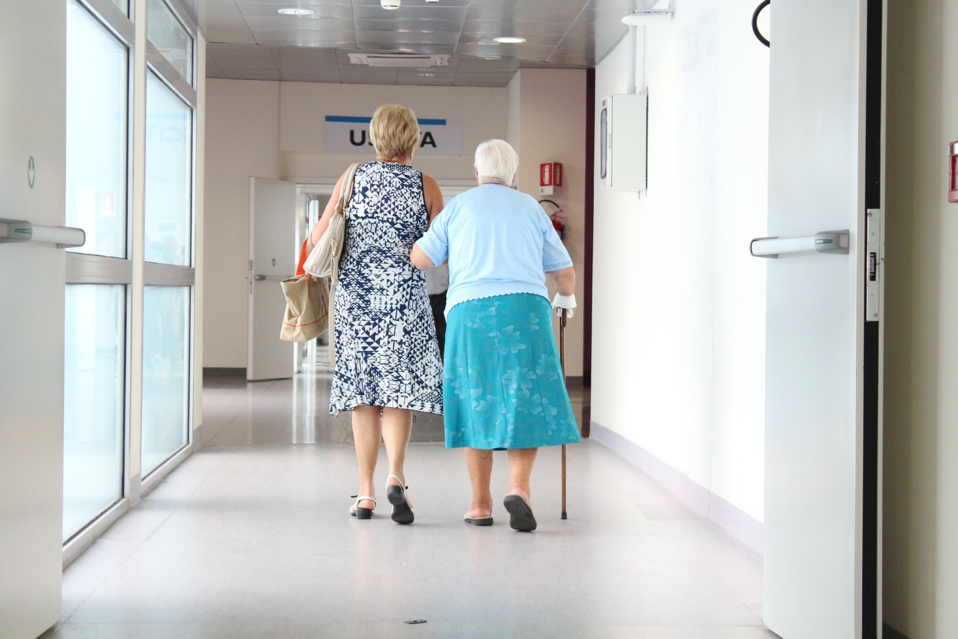Produced by Valencia InnoHub
There is a total of 868 million people over the age of 60 in the world, which represents about 12% of the global population. Quality of life and longevity are factors that depend on and vary considerably depending on the country they come from. Factors such as Gross Domestic Product (GDP), pensions, health services and the favourable social environment have a significant impact on people’s life expectancy and quality of life. However, ahead of European countries, Japan is the Asian country where older adults enjoy the longest life expectancy in the world and are in excellent health. Lifestyle and diet also influence the longevity of this social group.
Likewise, depending on the state or country you come from, the use of nursing homes, public or private facilities for elderly care or even home care for the elderly increases. In Europe, 4 models can be distinguished:
- Nordic model
- Continental model
- Anglo-Saxon model
- Mediterranean model
All these models differ in the involvement of the state in the provision of services for the elderly and in the importance of public or private insurance, the Nordic model being the one in which the state is more involved in the elderly. However, in the Mediterranean model, where there is an ageing population pyramid, the family plays a major role and it is the family which, in most cases, is responsible for the care of the elderly. In the latter model, there is less care expenditure and more pension outlays. In this model of care, mainly based on family or informal care, there is a lack of professionalisation of the sector, which can have serious consequences for the elderly.
Caring for an elderly person requires not only effort and dedication but also knowledge. For this reason, the training of caregivers is of great importance. In this way, older people and/or even dependent people benefit from the caregiver’s knowledge, caregivers can better cope with and understand certain situations and the quality of life of older people improves.
In order to be a caregiver, it is necessary to take into account not only the care of the elderly but also the training and attention needed to do so. Beyond the physical dedication that this work entails, the psychological part plays a fundamental role. Here4You, through its platform, offers a guide for carers. In this way, they can check what their soft skills are and strengthen them.
All these models offer support to older people in different ways, with more or less state support. However, we can see that all of them need well-trained caregivers in order to provide a good service and not only the elderly benefit, but also the caregivers by knowing how to react in time to certain situations. In addition to these four models we have presented, there are also other models such as the Japanese, the American or the Australian, but ultimately, they all share something in common: the care and assistance of the elderly and the professionalization of the sector.
References:
El cuidado de ancianos: ¿cómo funciona en cada país? (2017, August 31). Wayalia. https://wayalia.es/el-cuidado-de-ancianos-como-funciona-en-cada-pais/
¿En qué países es mejor ser anciano? (2014, October 1). BBC News. https://www.bbc.com/mundo/noticias/2014/10/140930_ranking_paises_personas_mayores_en
Los diferentes modelos de cuidados de ancianos en Europa. (2020, December 10). Aiudo. Los mayores cuidados. https://aiudo.es/cuidado-de-ancianos-europa/
Robson. (2019, March 15). Las sorprendentes razones por las que Okinawa es el lugar del mundo con más personas mayores de 100 años. BBC News. https://www.bbc.com/mundo/vert-fut-47252092

